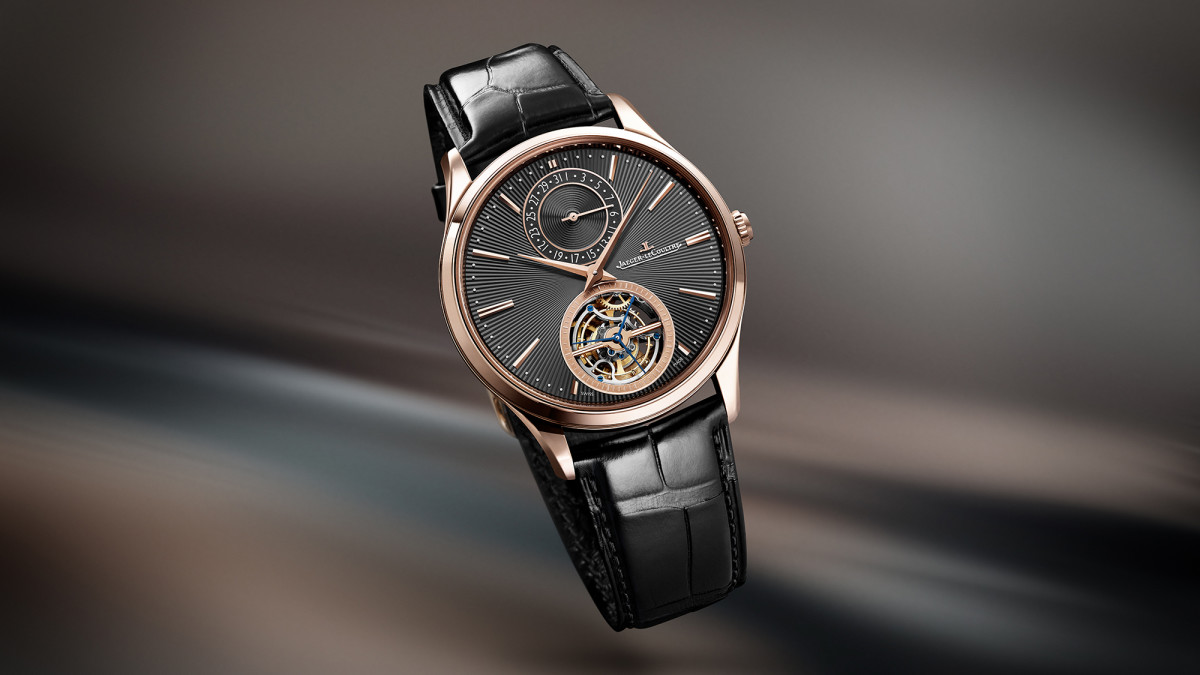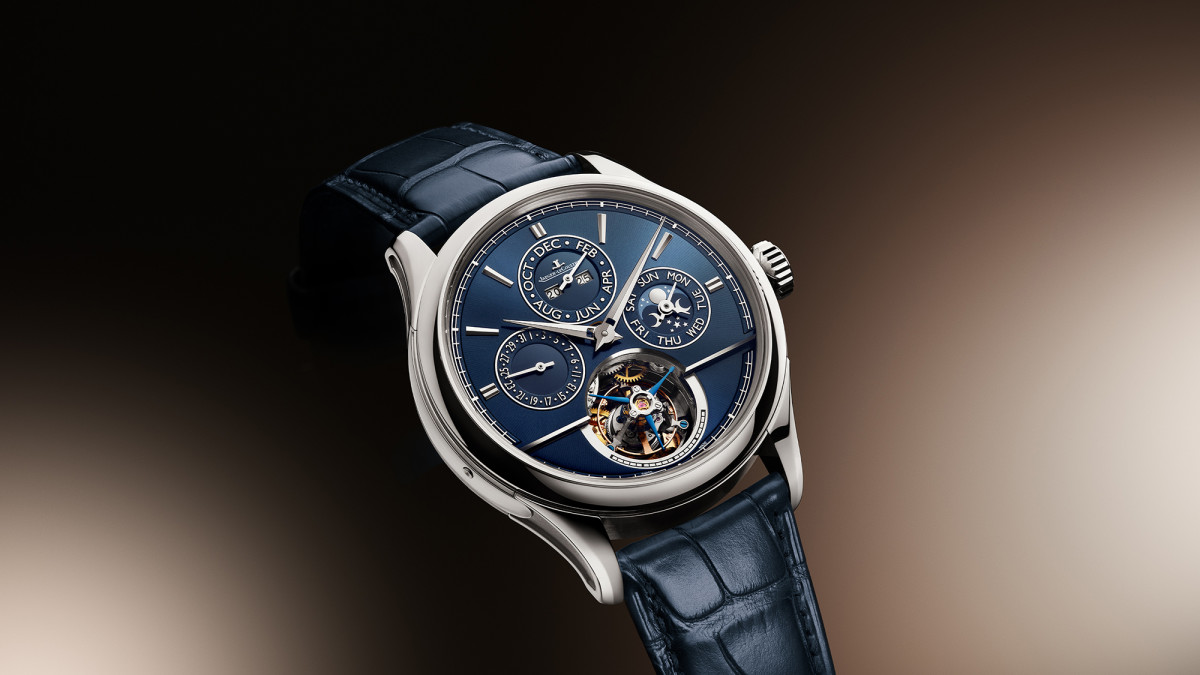Pablo Picasso loved his watches, and while many are familiar with his beloved Rolex and Patek Philippe, his 1940s Jaeger-LeCoultre may have been his favorite of all. Now the Swiss watchmaker has unveiled new interpretations of two of its most celebrated timepieces: the Master Ultra Thin Tourbillon Enamel and the Master Grande Tradition Calibre 985. Together, these watches reaffirm the Maison’s reputation as one of the most revered names in fine watchmaking, where precision mechanics and aesthetic refinement are inseparable.
The Master Ultra Thin Tourbillon Enamel

Limited to just 50 pieces, the Master Ultra Thin Tourbillon Enamel arrives in an 18k pink gold case with a diameter of 40mm. Its anthracite grey dial, created through five layers of Grand Feu enamel, radiates with remarkable depth and permanence of color. A hand-guilloché sunray pattern beneath the enamel provides a texture that shifts with the light, a detail only possible through the Maison’s traditional craftsmanship.
At the heart of the watch beats the latest Calibre 978, a tourbillon movement that comprises 77 components, including a titanium cage weighing less than a gram. The addition of a circular-guilloché date subdial balances form and function, underscoring Jaeger-LeCoultre’s ongoing pursuit of elegance and precision.
The Master Grande Tradition Calibre 985

The Master Grande Tradition Calibre 985 returns with three new variations. Two are cased in platinum with deep blue dials—one with a polished bezel and the other adorned with baguette-cut diamonds—while the third pairs warm pink gold with a brown dial. Each design highlights the versatility of the Master Grande Tradition case, a complex construction of more than 80 components with alternating polished, brushed, and micro-blasted finishes.
The Calibre 985 movement itself is a marvel of horology, composed of 431 parts, with its flying tourbillon alone comprising 83. On the dial, a hand-bevelled bridge and recessed tourbillon aperture create depth, while laser-engraved calendar numerals and opaline subdials add architectural detail. Blued hands mounted directly on the cage complete the spectacle, as the tourbillon makes a full rotation every 60 seconds.
A Dialogue Between Heritage and Innovation
Turn the caseback, and the artistry continues: blued screws, sun-rayed Côtes de Genève, and a 22k rose-gold rotor engraved with Antoine LeCoultre’s 1851 Great Exhibition medal. It is both a tribute to heritage and a demonstration of modern mastery.With these releases, Jaeger-LeCoultre illustrates why it continues to be called La Grande Maison—a place where timeless elegance and mechanical virtuosity remain inextricably linked.
